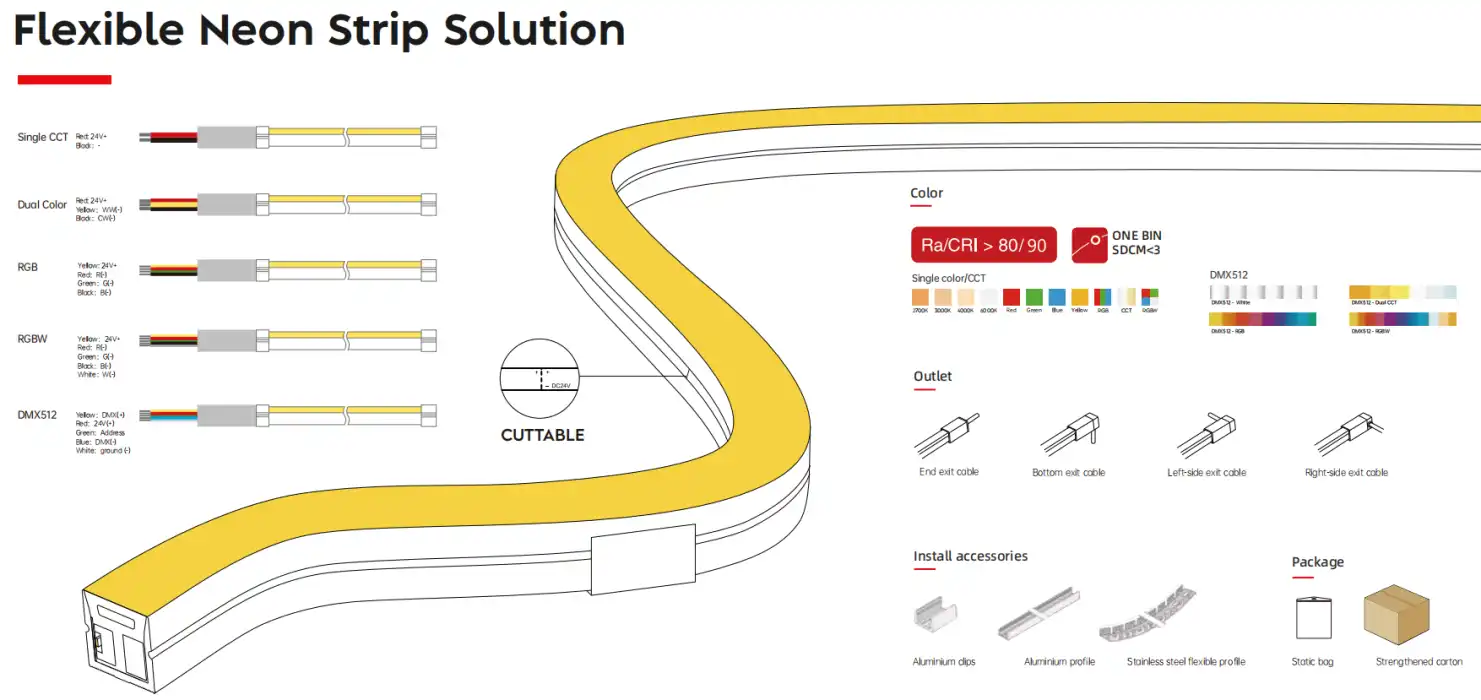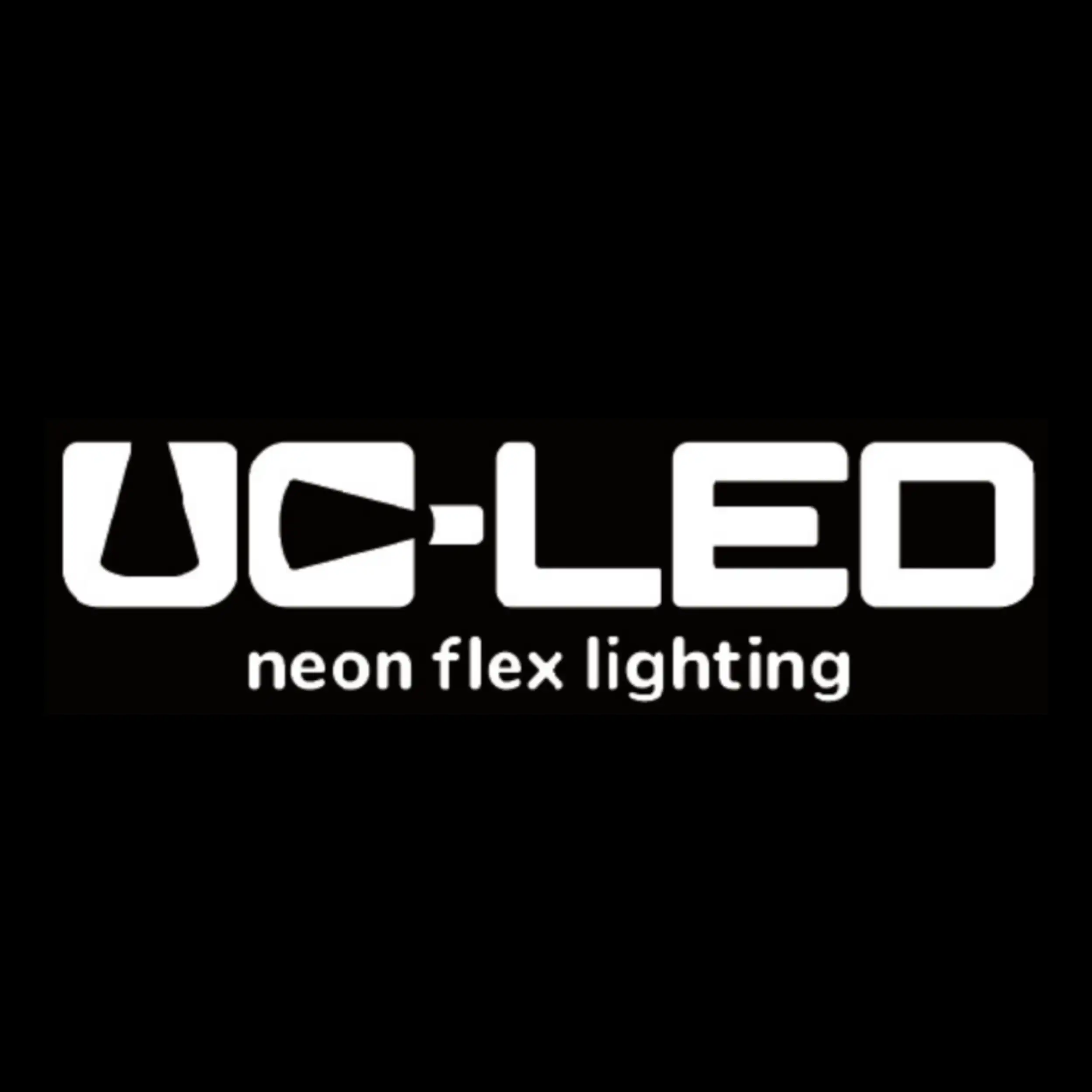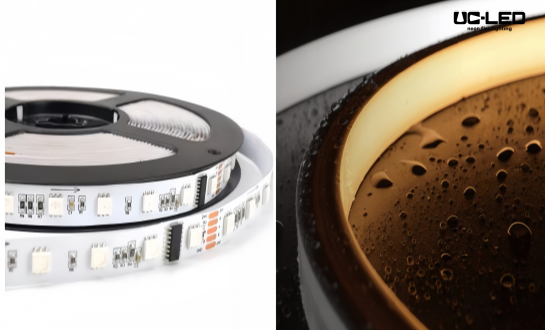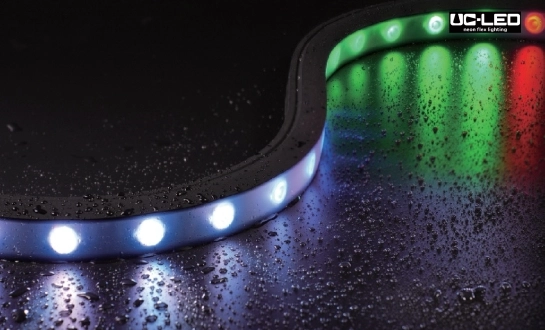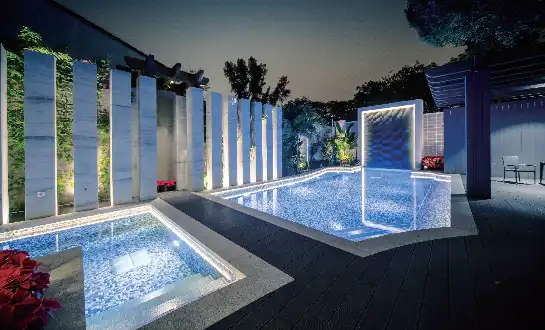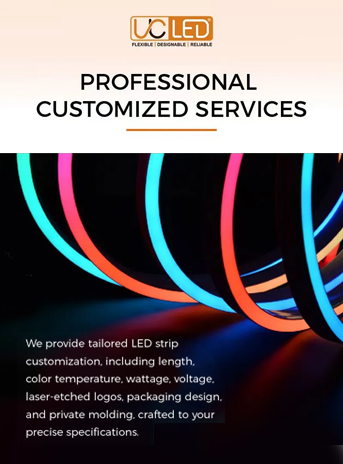Exploring Color Options for LED Neon Flex
Single Color vs. RGB LED Neon Flex
You will have to make a lot of choices when making LED neon flex, and one of the first is whether you want to use single-color or RGB lights. Single-color LED neon flex gives you a steady, even color that's great for setting a mood or matching your current style. These strips are great for places where a certain color is wanted, like warm white for a comfy vibe or cool blue for a more modern feel.
RGB LED neon flex, on the other hand, gives you a lot of different color options. When the red, green, and blue LEDs on these bendable strips are all lit up at the same time, they can make millions of colors, which makes it possible for the lighting effects to change and move all the time. RGB neon flex is great for places that need flexible lighting, like shows, bars, or interactive art pieces.

Color Temperature Considerations
If you choose white LED neon flex, you need to know about color temperature. The color temperature, which is expressed in Kelvin (K), indicates how warm or cool the light is. Warmer temperatures (2700K–3000K) give off a soft, yellowish light like that of old-fashioned incandescent bulbs. This type of lighting is perfect for making places feel comfortable and welcoming. Cooler color temperatures (from 5000K to 6500K) give off a bright, bluish-white light that looks like sunlight. This works well for lighting that helps you see while you work on tasks or for modern-looking spaces.
Some high-end LED neon flex goods come with adjustable white choices that let people change the color temperature in a certain range. This function lets you change the mood of a room at any time of day or for any event.
Custom Color Mixing and Effects
For one-of-a-kind personalization, some companies mix their own colors. This process uses different LED colors to get the exact shades that match the colors of the brand or meet certain design needs. Also, a lot of RGB LED neon flex strips have effects like color fading, strobing, or following that are already built into them. By changing the speed, strength, and color combos, you can create really amazing light shows that further customize these dynamic effects.
Implementing Dimming Solutions for LED Neon Flex
Dimming Technologies
Dimming features allow users to change the brightness to meet their mood or lighting needs, making LED neon flex even more customizable. LED neon flex can use a number of different methods to dim the lights:
• Pulse Width Modulation (PWM): This popular method turns the LED on and off quickly. The length of time it is on determines how bright it looks.
• Constant Current Reduction (CCR): This method lowers the current passing through the LEDs, which makes them less bright. This usually leads to better fading at low levels.
• Hybrid dimming: Some high-tech systems use a mix of PWM and CCR to get the best results across the whole dimming range.
Dimming Curve Selection
The dimmer's position affects how bright or dim the light appears. This change in brightness is called the lowering curve. Linear dimming makes it easy to understand the connection between the position of the dimmer and the amount of light that comes out. Logarithmic or custom lowering curves, on the other hand, can provide smoother changes at lower light levels. When setting up your LED neon flex, think about which fading curve works best for your project and the experience of the people using it.
Compatibility with Existing Systems
When you dim LED neon flex, you need to make sure that it works with the lighting control systems that are already in place. A lot of LED drivers and controls work with standard fading systems like DMX, DALI, or 0–10V. Trailing-edge dimmers made for LED loads can often be used in aftermarket situations with the right LED drivers. Always look at the specs of your LED neon flex and control parts to make sure they work together perfectly.
Control Methods for Customized LED Neon Flex
Wireless Control Options
Wireless control systems have changed the way LED neon flex is used, making it more convenient and flexible. Common wifi choices are:
• Bluetooth: Lets you control it with smartphones or computers from a short distance, which is great for home or small business use.
• Wi-Fi: Lets you control it from anywhere with an internet link, which is good for bigger setups or adding to a smart home.
• RF Remote Controls: Let you easily handle things with your hands, without needing to be connected to a network.
• Zigbee or Z-Wave: mesh networks that use very little power and let you handle smart home systems reliably.
Thanks to these wireless technologies, users can easily change colors, lighting, and effects, often using simple smartphone apps or special remote tools.
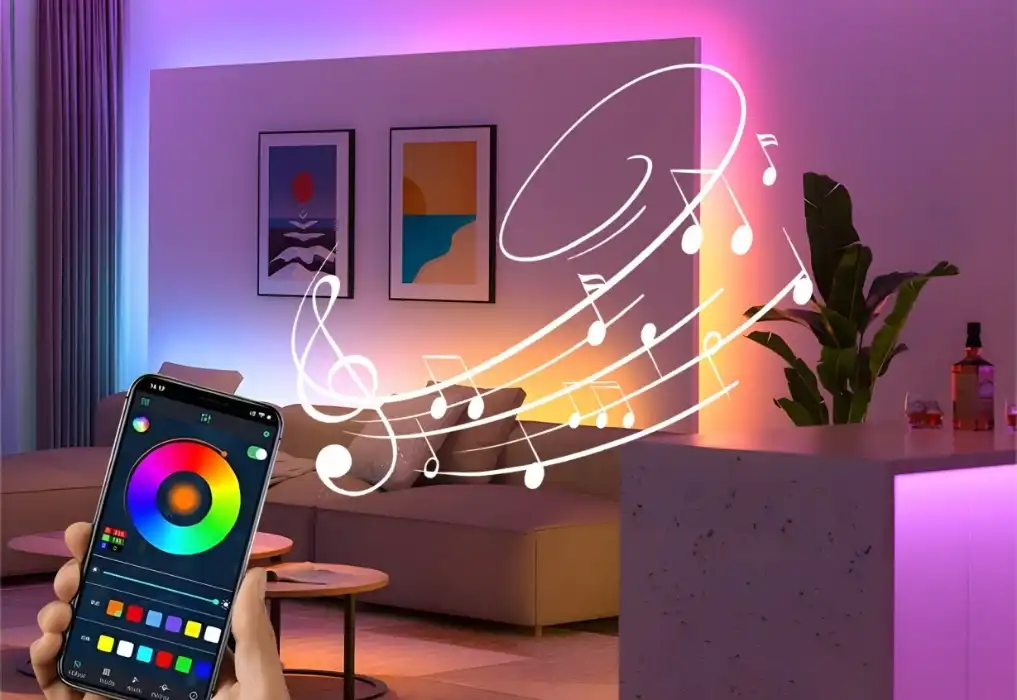
Advanced Control Systems for Complex Installations
More complex LED neon flex setups, especially in business or building settings, might need more advanced control systems. Digital Multiplex (DMX) is a common system in the entertainment business that lets you handle each LED section exactly. This level of control makes it possible to have complex light shows, coordinated displays, and work together with other lighting and sound systems.
LED neon flex control can also be added to building management systems (BMS), which lets you handle lights and other building features all in one place. These systems can follow a routine, react to motion monitors, or change the lighting based on the amount of sunshine in the room. This makes the system more energy efficient and keeps the user comfortable.
Customizing Control Interfaces
The way you handle LED neon flex can have a big effect on the whole experience. You can make both real and digital control screens that are suited to certain needs. For instance, a dining site might want an easy-to-use interface with fixed sets for different times of day or events. On the other hand, a lighting designer might need a more complicated system that lets them handle each setting in detail.
Some makers provide software development kits (SDKs) or application programming interfaces (APIs) that make it possible to build custom control apps. This amount of flexibility in design makes it easy to add LED neon flex control to larger systems or to make unique user interfaces for certain clients or projects.
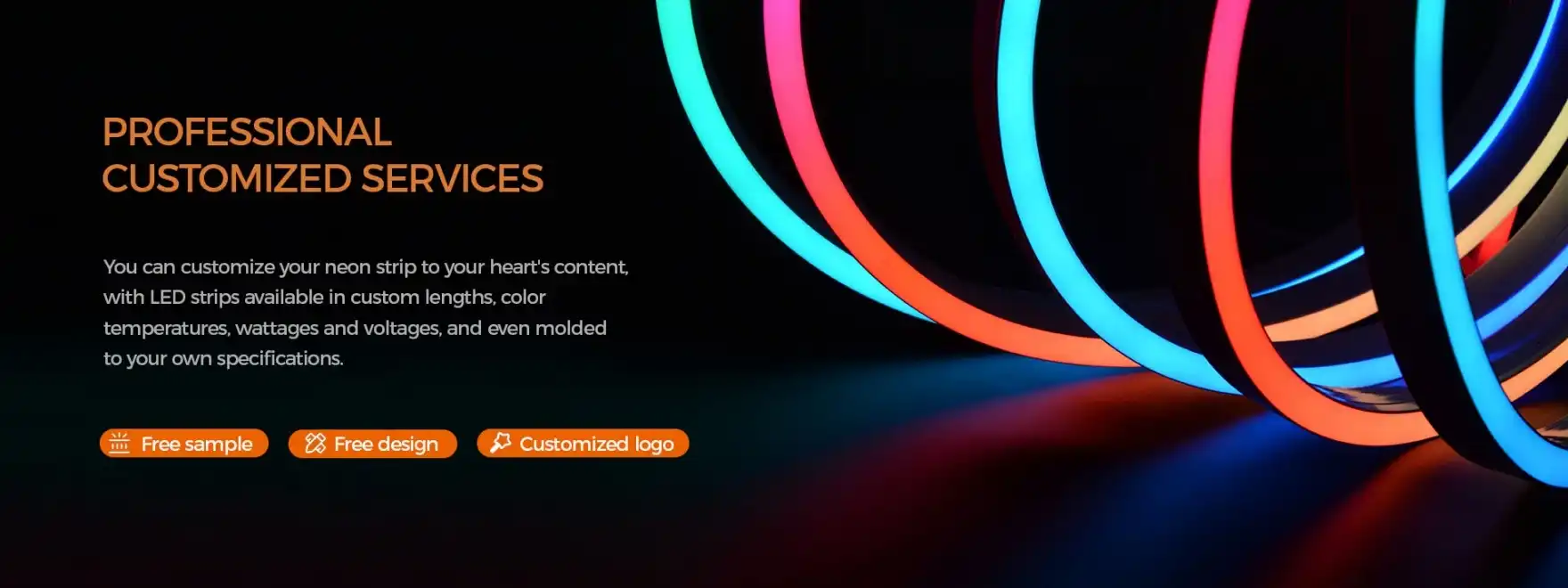
Conclusion
You can meet specific goals and make things look a certain way when you customize LED neon flex lighting, which gives you a lot of creative options. You can make truly one-of-a-kind and lively lighting setups by learning about and using the different choices for color, brightness, and control. No matter if you are making a comfortable home space, an interesting store display, or a complex lighting plan for a building, the bendability of LED neon flex gives you the tools to make your ideas a reality.
If you want to know more about how to customize LED neon flex or if you want to talk about your unique lighting needs, please contact our team at Linda@uc-led.com. We're here to help you light up your space with custom, high-tech LED neon flex options.
